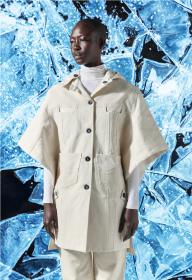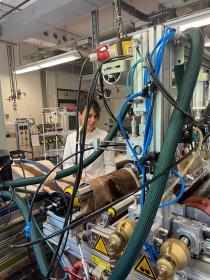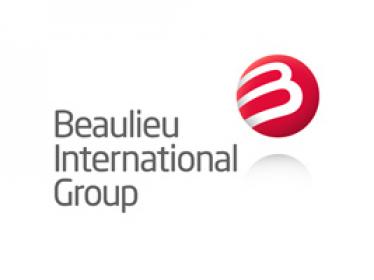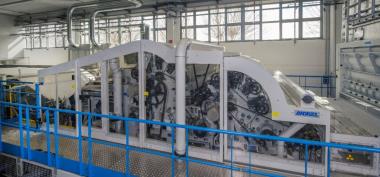HIGHTEX 2024: Global Meeting Point of Technical Textiles and Nonwovens Industry
The countdown has started for HIGHTEX 2024 International Technical Textiles and Nonwovens Exhibition, Turkey's first and only exhibition in this field. HIGHTEX 2024, which will be held between 4-8 June 2024 at Tüyap Fair and Congress Center (Istanbul), will host nonwoven products, raw materials used in production and the latest technologies in the field of technical textiles.
Technical textiles and nonwovens will be integrated into more industries and living spaces in the future. HIGHTEX 2024 Exhibition wants to be an important platform for those who are going to accelerate this integration process and shape the future of the industry. A wide range of products will be exhibited - from medical textiles produced with advanced technology to high-performance materials used in the aviation and automotive industry, from hygiene products to innovative solutions developed for the agriculture and food industry. Especially the products to be presented in innovative areas such as smart textiles and geotextiles will be among the most remarkable elements. Thanks to the B2B meetings organised at the exhibition, companies can establish new and permanent commercial connections.































